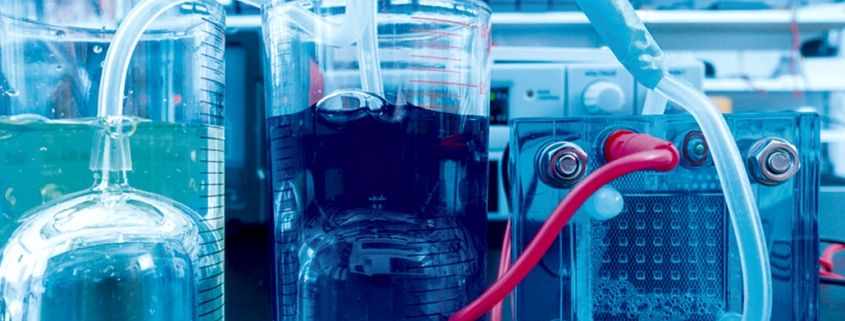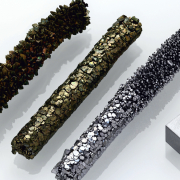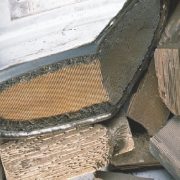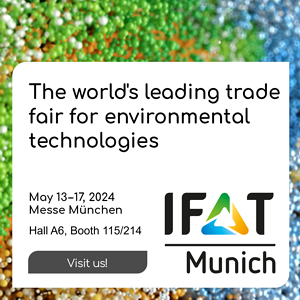New Catalysts for Fuel Cells
Catalysts for anion exchange membrane fuel cells do not have to be expensive. Scientists from the University of Surrey (located in the South East of England) – in cooperation with colleagues from Queen Mary University of London – have produced non-metal electro-catalysts for anion exchange membrane fuel cells by using a cheap clay material called Halloysite as the template, urea as the nitrogen source and furfural (an organic chemical that can be produced from oats, wheat bran or sawdust) as the carbon source. This was then processed into a fine black powder and used as nitrogen-doped carbon electro-catalyst.
According to the information, that could pave the way for production of low-cost, environmentally friendly energy generation. As reported, the “catalyst helped to achieve a power density performance of 703 watts per square centimeter squared (mW cm-2) from the fuel cells”.
Fuel cells are currently used as a low carbon energy technology for electricity generation in transportation and stationary applications, but the use of precious-metal-based catalysts, especially platinum, makes the technology expensive and less sustainable. According to the scientists, their work demonstrates that low cost catalysts can give high performances in fuel cells, although more work needs to be done.
Photo: science photo / fotolia.com
GR12018






